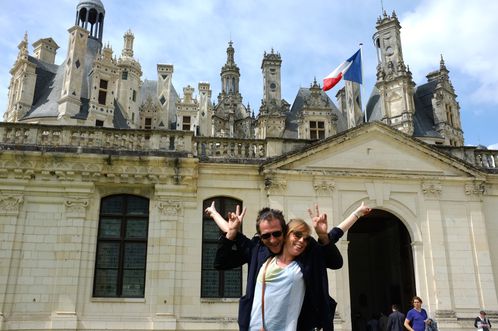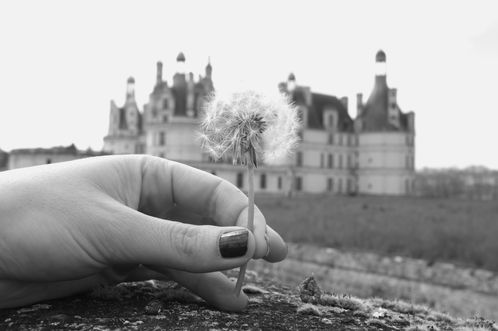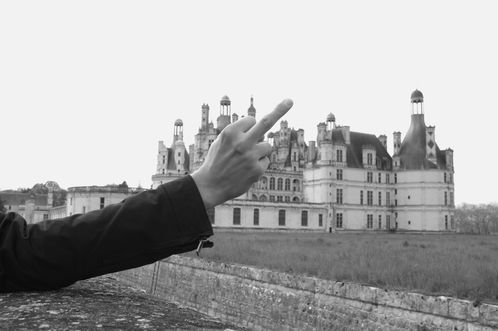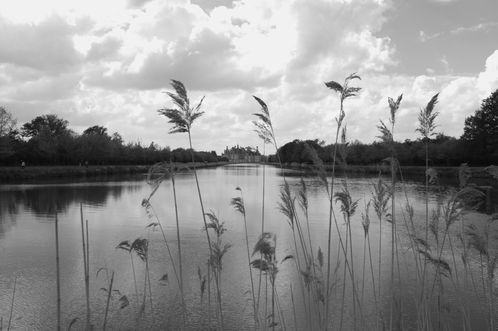
With Mag' in front of Chambord...
Hello, hello
Just after my return to France and under the "great, exciting and fantastic" grey, rainy, cold, cloudy weather I had a great visit from La Belle Mag' et Mister Léo to Orléans. They caught up one day and we decided to go to the Chateau de Chambord. A Renaissance and beautiful chateau 60kms away from Orléans... Relaxing day close to the chateau, with a couple of ice-creams and to finish with a beer...
Just a short post on my bl... blog.
Have a good day
Cheers
Dam's

Mag' style...

... An other style...

... blur style...

Chateau de Chambord... The Wikipedia minute: one of the most recognizable châteaux in the world because of its very distinct French Renaissance architecture which blends traditional French medieval forms with classical Renaissance structures.[nb 1] The building, which was never completed, was constructed by King François I. Chambord is the largest château in the Loire Valley ; it was built to serve as a hunting lodge for François I, who maintained his royal residences at Château de Blois and Château d'Amboise. The original design of the Château de Chambord is attributed, though with several doubts, to Domenico da Cortona. Some authors claim that the French Renaissance architect Philibert Delorme had a considerable role in the château's design,[2] and others have suggested that Leonardo da Vinci may have designed it. Chambord was altered considerably during the twenty-eight years of its construction (1519–1547) during which it was overseen on-site by Pierre Nepveu. With the château nearing completion, François showed off his enormous symbol of wealth and power by hosting his old archnemesis, Emperor Charles V at Chambord. In 1792, some of the furnishings were sold and timber removed. For a time the building was left abandoned, though in the 19th century some attempts were made at restoration. During the Second World War art works from the collections of the Louvre and Compiègnewere moved to Château de Chambord. Now open to the public, in 2007 the château received 700,000 visitors.

Photo taken by Léo...




